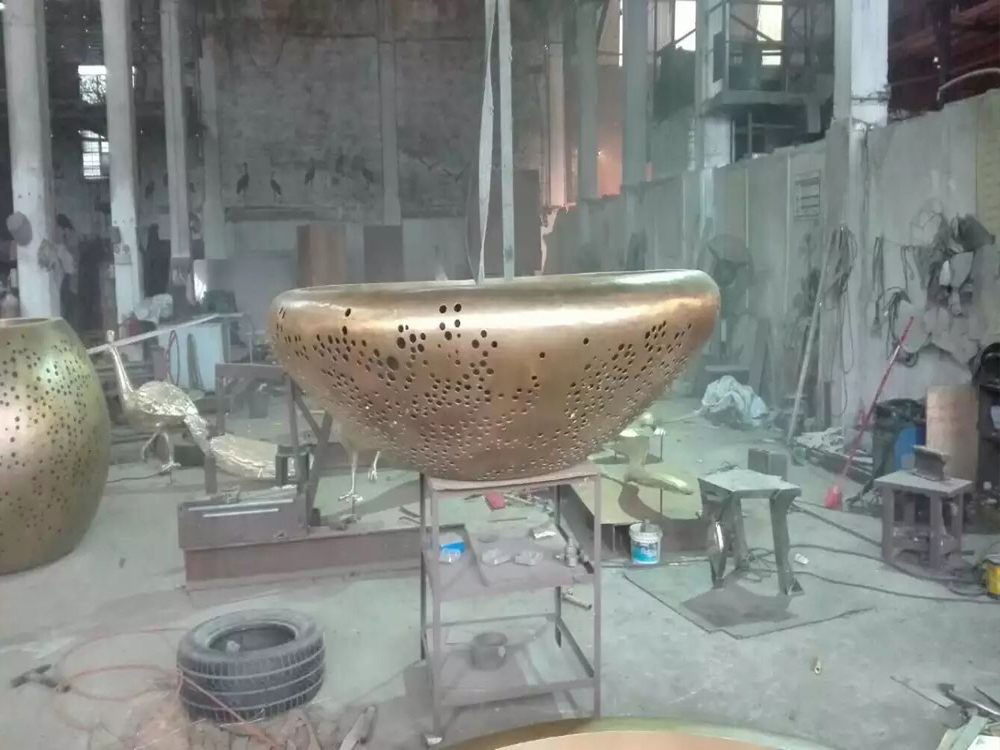
Stone sculptures have long been integral to architectural design, serving as both artistic expressions and functional elements that shape the perception of space. Their interaction with surrounding environments is multifaceted, blending aesthetics, symbolism, and spatial dynamics.
In architectural settings, stone sculptures often act as focal points, drawing attention and guiding movement. Placed in courtyards, facades, or interiors, they create visual hierarchies, transforming empty spaces into narratives of culture or history. For example, a towering statue in a plaza not only anchors the space but also invites contemplation, while smaller carvings along corridors add rhythm and texture.
Materiality plays a key role. The rugged permanence of stone contrasts with modern glass or steel, offering a tactile connection to tradition. This juxtaposition can soften rigid geometries or amplify a building’s grandeur. Additionally, sculptures interact with light and shadow—their surfaces changing with the sun’s arc, enriching the spatial experience.
Beyond aesthetics, stone sculptures often embody cultural or spiritual significance, turning architecture into a storytelling medium. Whether in temples, museums, or public squares, they bridge the gap between art and utility, proving that their presence is never passive but a dialogue with space itself.

